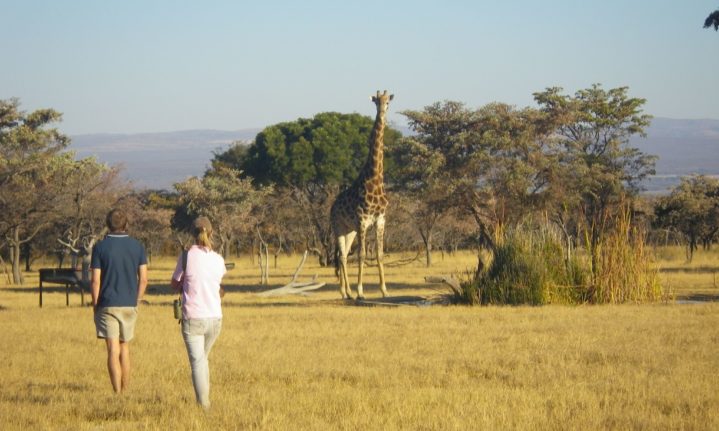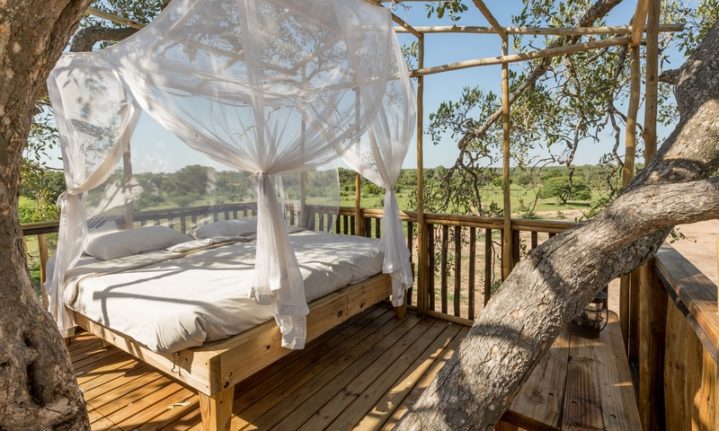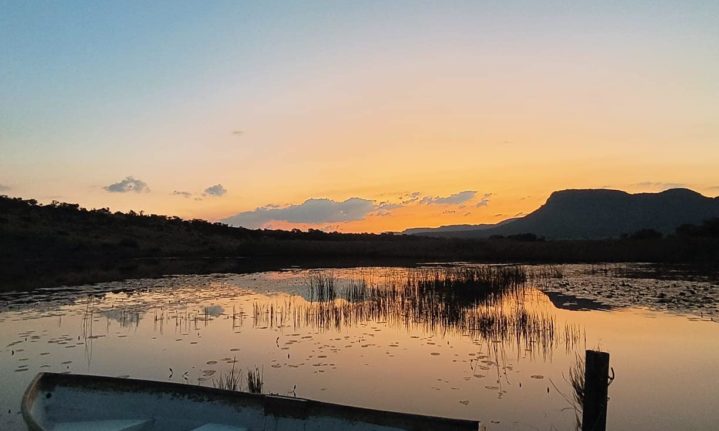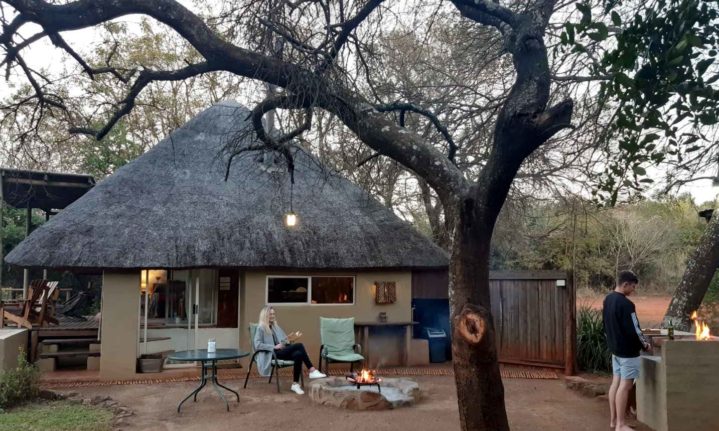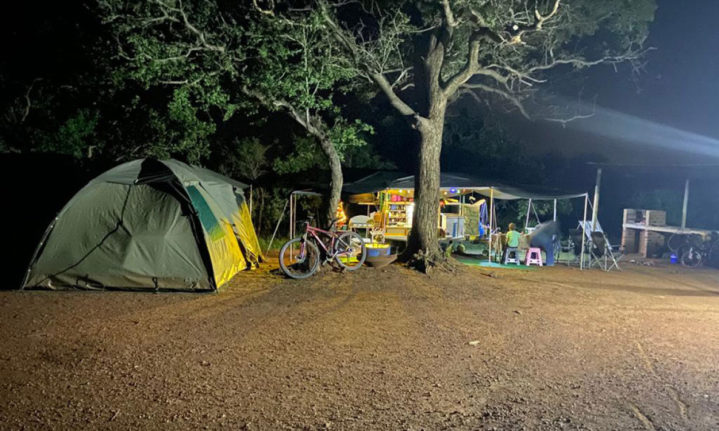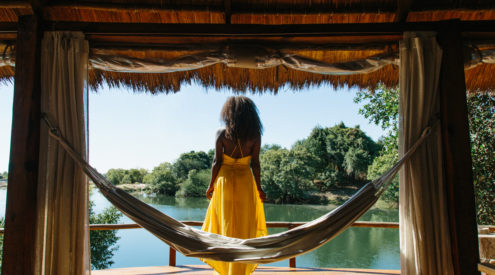Limpopo province in South Africa offers various camping spots, each with unique charm and characteristics. From secluded locations to wildlife-rich reserves, there’s a campsite for every type of nature enthusiast. In this article, we will introduce you to five camping sites in Limpopo that you should consider visiting.
ALSO READ: 12 sensational Western Cape campsites
1. Matamba Bush Camp
Matamba Bush Camp is in Limpopo, a few hours’ drive from Johannesburg. The campsite is most suitable for those who enjoy remote spots and the quiet and solitude they offer. However, it is unsuitable for noisy or extremely sociable groups.
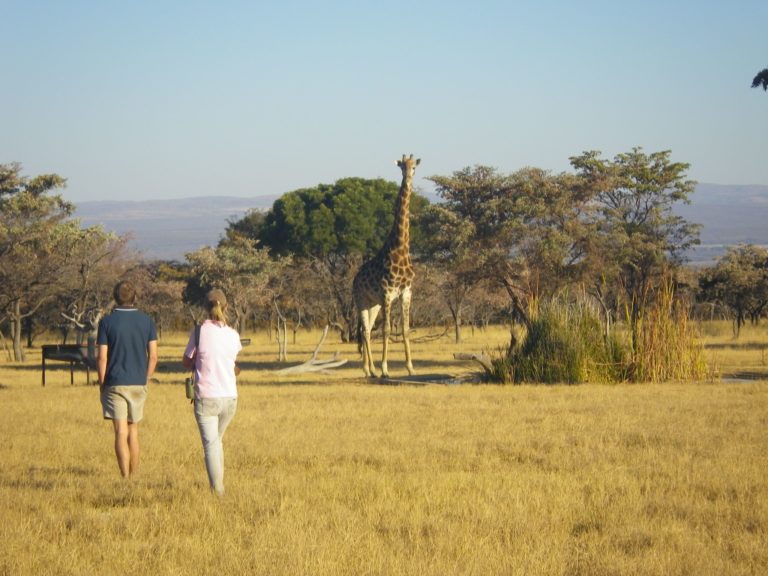
Picture: Matamba Bush Lodge/Facebook
Before arriving, stock up on food and supplies, as there isn’t an on-site shop. The hosts will meet you at the gate and show you to your campsite. They will remind you of the rules and show you the amenities, such as the shared kitchen space, bathroom facilities and walking routes.
The Tau Campsites offer an electrical point, tap, firepit, fire smother, bin and plenty of birdlife. The sites are approximately 100m apart, allowing privacy. The fifth campsite is more bare bones and is only suitable for guests staying for a single night en route to somewhere else. Mara Camp is quite a distance from The Tau Campsites and has no electricity but has its own bathroom and an open-air wash-up space.
One of the favourite features of Matamba Bush Camp is the open-air shower and the small pool that offers an exquisite cooling off and relaxation experience. You can spot giraffes wandering around the area, and there are herds of herbivores to see while walking around the various routes. Mornings are a pleasure at the campsite, with birds flitting about as you quietly enjoy your coffee.
It is important to note that arriving after 6 pm will cost extra, and no arrivals will be entertained after 8 pm. Also, respecting the bush and wildlife means keeping noise levels low, so noisy groups are not welcome. You can follow them on their social media here.
2. Umlani Bushcamp
Umlani Bushcamp, situated in the Timbavati Private Nature Reserve, just over an hour’s drive from Hoedspruit, offers an authentic safari-style South African holiday for nature enthusiasts. Built with natural materials in a traditional African style, the camp was founded by Marco and Marie-Louise Schiess over 33 years ago. The duo’s vision was to create a retreat that complements rather than compromises the surrounding environment.
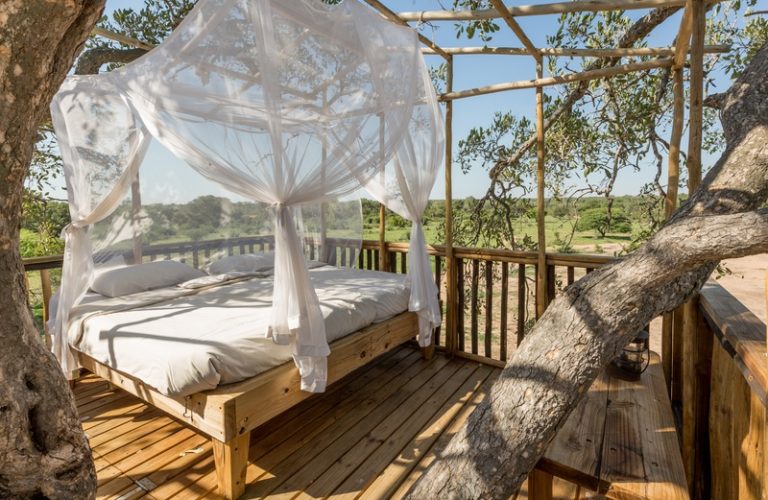
Picture: Buschcamp / Gallery
The camp offers three different types of accommodation with open-air showers, including Double Huts for two people, Family Huts for four people, and Eco Huts for two people, which are designed to improve thermal storage. Umlani Bushcamp has held a Fair Trade Tourism (FTT) certification for nine years, showcasing its commitment to responsible tourism. To minimise the camp’s impact on the environment, it has implemented several environmental and socio-economic initiatives. The camp operates on 100% alternative energy sources, such as solar power and a standby generator.
To conserve water, the camp maintains a water-wise garden with indigenous plants, uses low-flow showerheads and toilets, and has towel and linen reuse programs. Umlani Bushcamp employs 80% of its staff from the local community and provides training and apprenticeship programs for their upskilling.
Contact Number: +27 (0)21 785 5547 / Email: [email protected]
ALSO READ: 5 Campsites near Pretoria for a bushveld experience
3. Syringa Sands
Syringa Sands has quickly become a favourite camping spot in Limpopo. Tucked away from civilisation, this large property boasts only one campsite and two cottages, all situated several kilometres apart. Located near Marakele National Park and Welgevonden Game Reserve, both Big 5 parks, Syringa Sands is the perfect place for a game drive and an unforgettable weekend away.
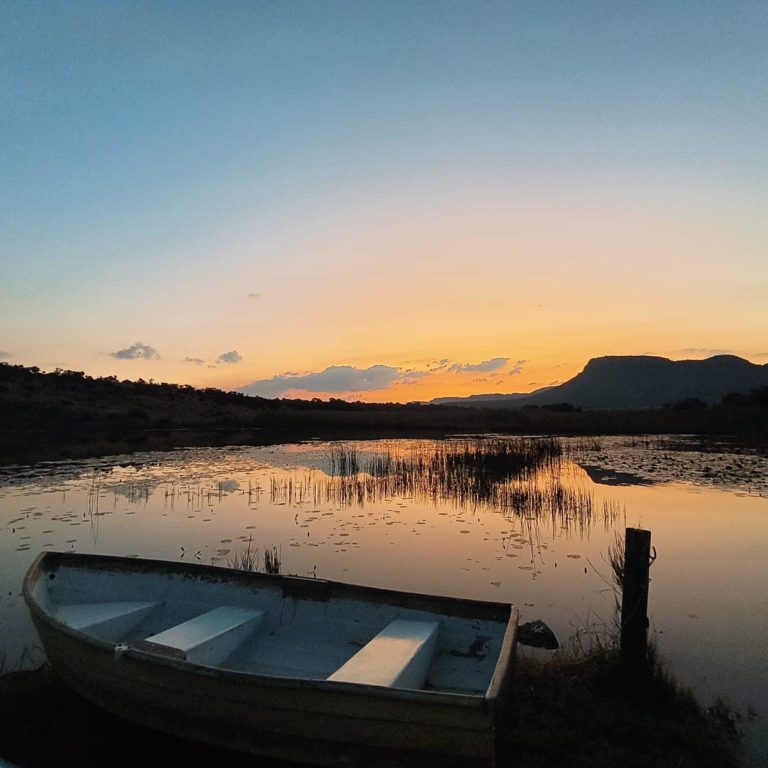
Picture: Syringa Sands/Zoe Scholtz/Facebook
For those who prefer a more tranquil experience, Syringa Sands offers scenic hikes, self-drive trails and a peaceful dam for fishing. The campsite has no electricity, but its beautiful lapa provides shelter during Limpopo’s thunderstorms, and its open-air boma is a great spot to gather around the bonfire and share campsite stories. The bathroom, located a short distance behind the lapa, has hot water supplied via gas and motion-sensor solar lighting.
Host Sean du Toit may pop by to share fascinating stories about the area’s rich history, adding to the charm of this secluded camping spot. While the lack of electricity may not be suitable for novice campers or those who prefer creature comforts, Syringa Sands is ideal for self-sufficient campers who don’t mind bringing their own source of power. The open space allows for up to eight people to set up camp, making it a great group getaway destination. Don’t forget to bring your camera, but be prepared to plan ahead for charging batteries. With its abundance of wildlife and stunning scenery, Syringa Sands is a camping experience you won’t forget.
Cost: R1 250 per night for 2. Contact: Sean du Toit at 083 3266156 / [email protected] or Alex Soethoudt 083 3257358/ [email protected]
4. Zvakanaka
Zvakanaka, located in Limpopo, is often considered just a stop-over on the way to somewhere else, but it truly deserves more attention. While it may not be the easiest weekend getaway due to its distance from Makhado (formerly Louis Trichardt), it is the perfect spot to spend a few days during an overlanding or camping road trip with multiple stops. By doing so, you can take advantage of the fantastic hikes and beautiful Soutpansberg mountains surrounding the farm.
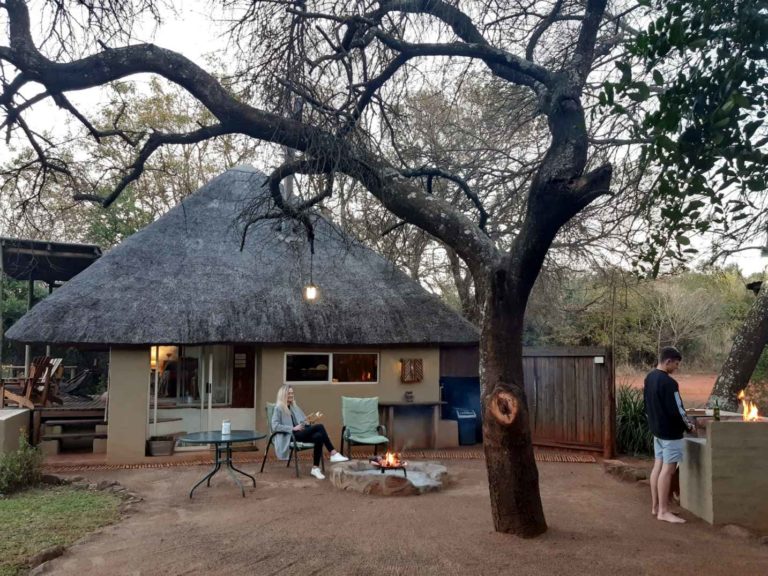
Picture: Zvakanaka / Gallery
One of the best things about booking a stay at Zvakanaka is that you can arrive anytime you wish, provided you inform them beforehand, and there is no specific check-in time. You will receive a code to enter at the gate, which means that you can set up camp and settle in even if you arrive late in the evening, as long as you do not disturb nearby campers.
If camping is not your thing, Zvakanaka also offers self-catering cottage stays. These cottages are equipped with outdoor baths and showers, small swimming pools, and breathtaking views for the ultimate relaxation.
Although the cottages are impressive, the campsites are equally excellent, and we recommend trying camping. The campsites offer some of the best amenities you’ll find, including a roof over a concrete platform, a gas stove, electricity points, a tap, a firepit, a braai and even lighting. WiFi is also available in specific locations on the farm, and firewood is available for a nominal fee. The shared ablutions are well-maintained, and there is even a washing machine available for guests.
Zvakanaka is ideal for any camper, regardless of your vehicle or equipment. However, light sleepers may struggle as the campsite is close to the N1, which is the largest highway in South Africa, and trucks pass by at all hours, with the sound of exhaust brakes audible on occasion.
One of the campsites, Shady John’s, is more basic and does not offer a roof shelter. However, the hike up the nearby mountain is well-marked and an excellent way to spend a morning. The campsite also provides the opportunity to observe the diverse birdlife in the area and experience nature’s magic as the dew crackles in the grass veld with the sun’s rise.
Contact: Gail at +27 (0)84 400 4595 / [email protected].
5. Waterberg Wildnerss Reserve
Waterberg Wilderness Reserve in Limpopo is a must-visit for nature lovers. The reserve offers visitors a chance to experience its diverse flora and fauna in summer and winter. Winter is ideal for spotting wildlife such as nyala herds strolling through the campsite. Summer brings a lush and green environment, complete with streams, pools and waterfalls. The private campsites with individual bathrooms are a unique feature of the reserve, providing guests with privacy and comfort.
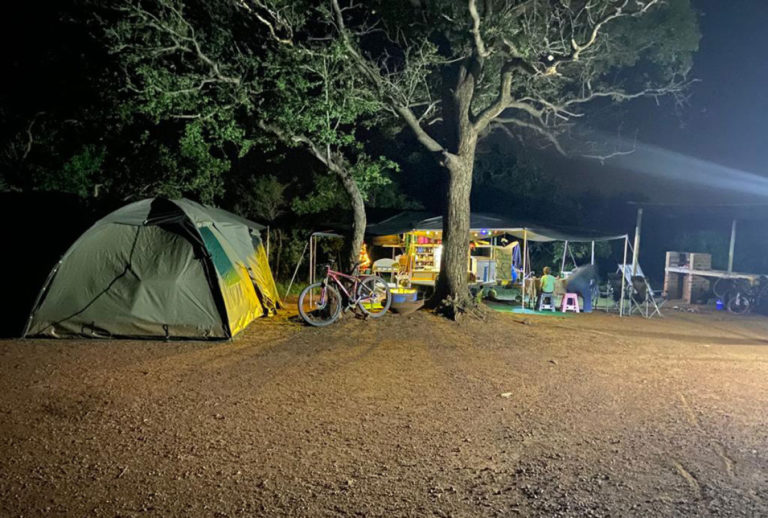
Picture: Waterberg Wilderness/Gallery
To get to Waterberg Wilderness Reserve, you’ll need to drive through Mookgopong (formerly Naboomspruit) to stock up on supplies, food and fuel as the reserve does not have a store nearby. Remember to take your own drinking water and wood for the campfire. The property has water, but it may not be potable for everyone.
The reserve is most suitable for self-sufficient campers who come prepared with all necessities, including an inverter or solar power. A sturdy vehicle with good clearance, such as a 4×4, is recommended as some of the roads on the site are restricted to 4x4s. Rooftop tents are ideal for the stony ground. Novice campers, regular car campers, and caravan campers may find the site less suitable.
Waterberg Wilderness Reserve offers private campsites with corrugated roofs, braais, fire pits, and individual bathrooms with hot-water showers, toilets and basins. The campsites are well spaced, about 50m to 100m apart, providing privacy and a feeling of solitude in the bush. A map is provided on arrival to assist with various routes, walks, 4×4 drives, and points of interest.
The reserve is a four-hour drive from Johannesburg, and the final stretch of gravel road can be rough-going, depending on recent rains and maintenance.
Contact owner Alan for reservations and further information at +27 (0)83 700 2821 or Clint at +27 (0)82 926 0782. Experience the reserve’s famous miniature version of Van Zyl’s Pass and the magic of summer and winter at Waterberg Wilderness Reserve.









